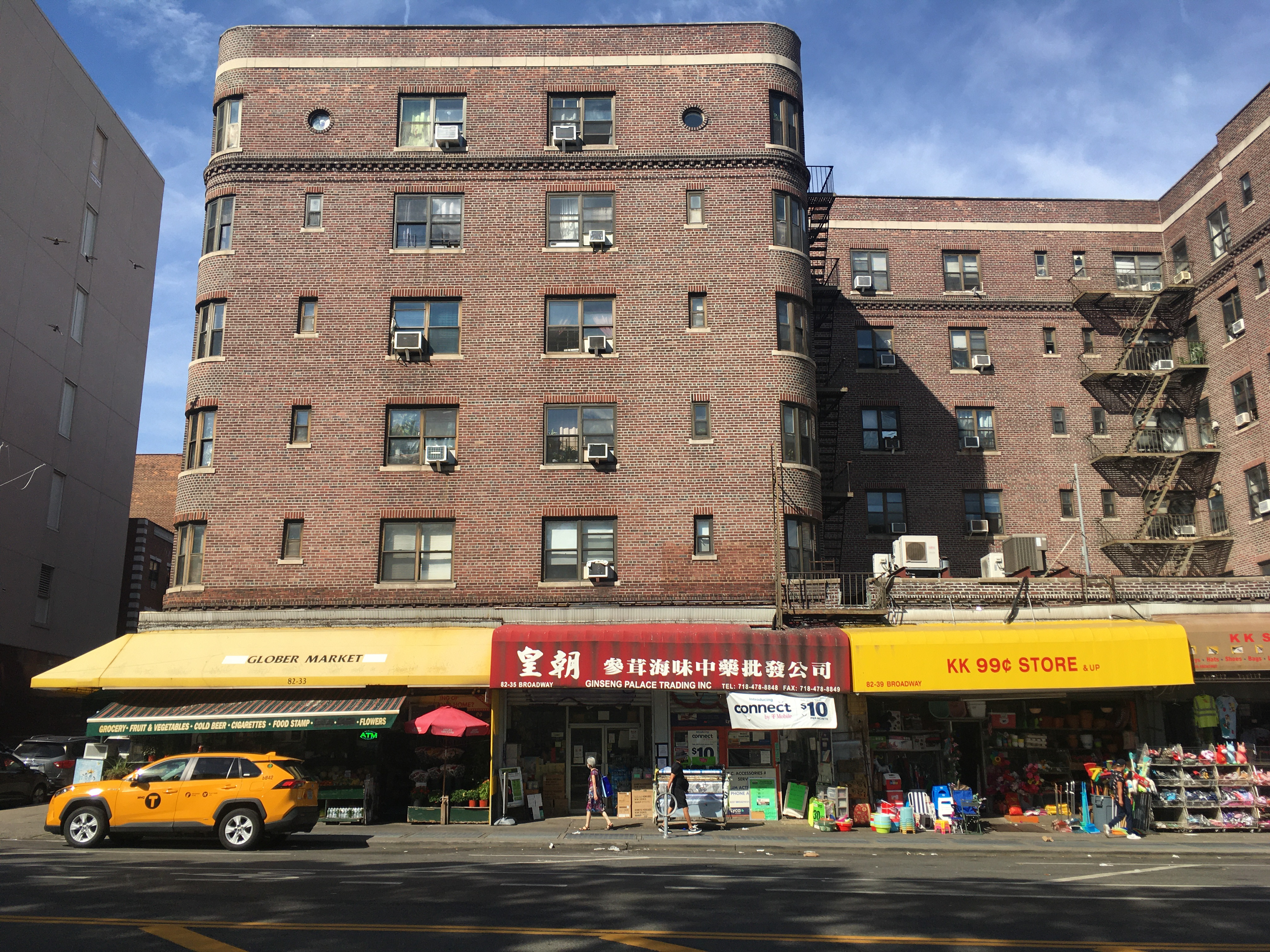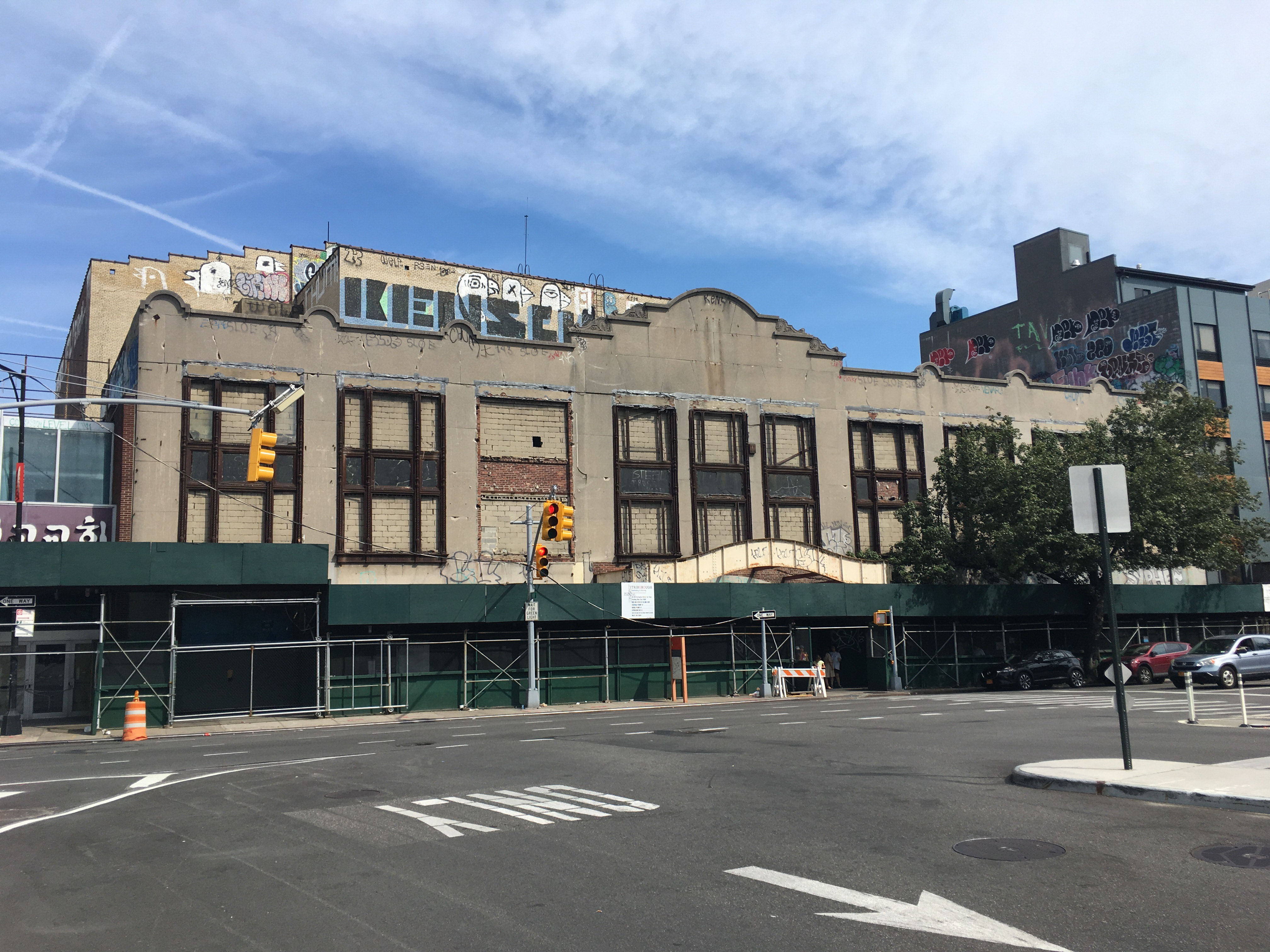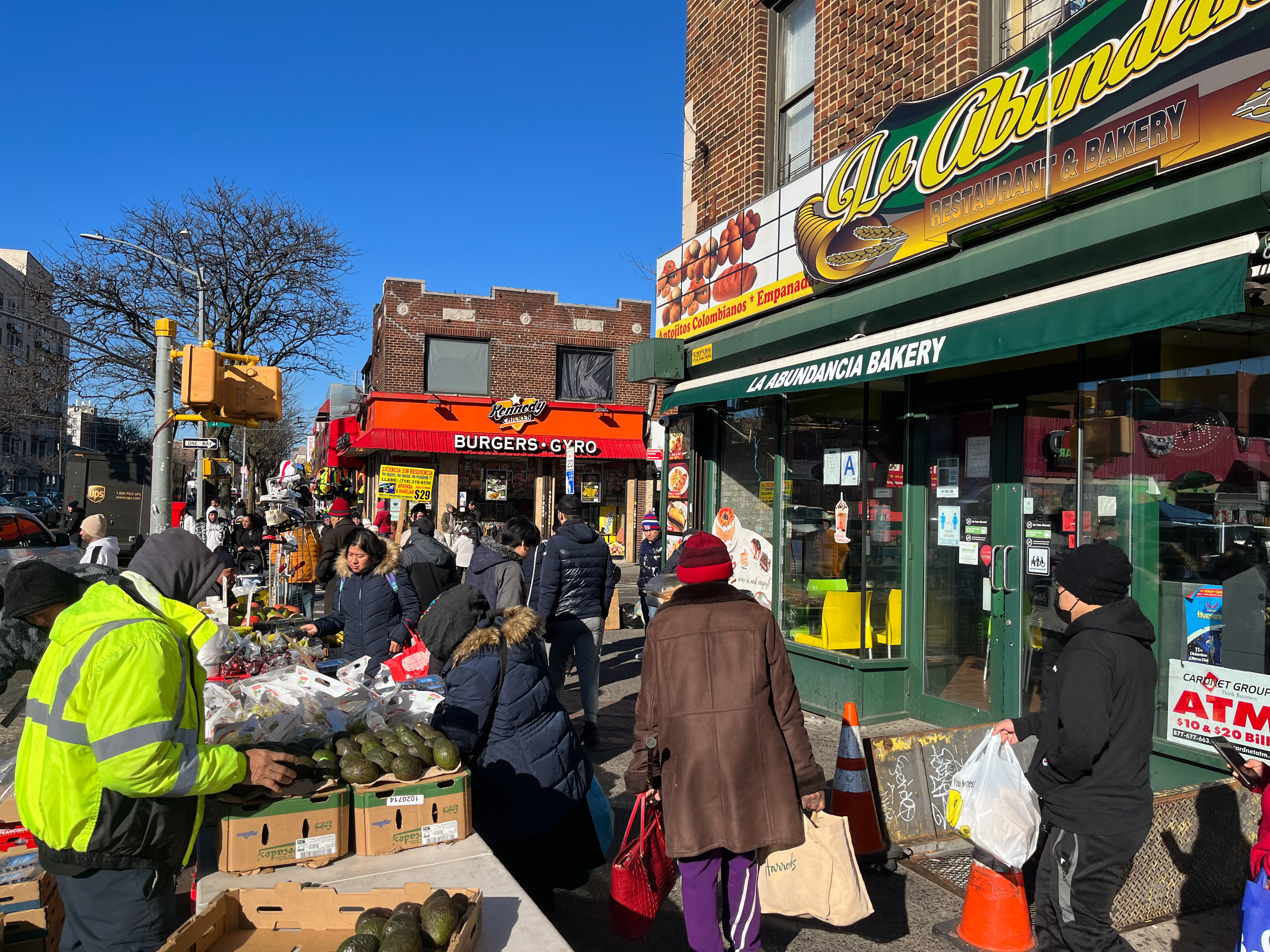Something I have noticed while walking around New York over the last few years has been the way in which large-scale development projects have destroyed human-scale streets, local businesses, and the vernacular architecture that makes New York feel like New York. I’ve labeled this phenomenon Vanishing Streetscapes because that’s what I see is most often lost when real estate developers are able to combine multiple lots to build one giant building rather than five smaller buildings.
I have also noticed that generally the amount and type of ground-floor commercial businesses changes when the street is redeveloped. Usually, small businesses are replaced with chain stores - “anchor tenants” in the jargon of real estate development - that ensure consistent rental income for the landlord, but make the street much less interesting both visually and as a place to shop. As shown in the image on the right, the half-dozen businesses scattered between five old brick buildings are erased and not replaced by a single new business in the new building, which is luxury condominiums.
The two images below are from 125th Street in Harlem, which for decades has been Harlem’s main commercial thoroughfare. Historically, the street was mainly lined with small businesses and low-rise buildings built in the first few decades of the 20th century. However, after a rezoning in the early 2000s that allowed the construction of much taller buildings along 125th, the area has undergone steady redevelopment and gentrification, which has increased building heights and displaced small businesses.
This is Fulton Street in Bedford Stuyvesant. Similar to 125th Street in Harlem, it is one of the main commercial thoroughfares in the neighborhood. Until recently, the street was home to dozens of small businesses and low-rise buildings built when the Fulton Avenue Elevated train connected Bed Stuy to Manhattan in the early 20th century. However, the neighborhood's old streetscapes are vanishing.
In the case of the example on the right, an old brick building at the intersection of Franklin Avenue and Fulton Street that housed at least six businesses was replaced by a much taller building with a glass and plastic facade whose ground-floor commercial is an Urban Market supermarket and a Blink gym. There is nothing inherently wrong with chain stores, but it is a shame when chains replace local businesses. In the same vain, there is nothing wrong with new construction either, but I think it is equally shameful with the new buildings don't even attempt to respect or to reference the place's vernacular architecture and history.
One of the most egregious examples of this phenomenon that I have found to date. This is 5th Avenue between 46t and 47th Streets.
Houston Street and Ludlow Street on the Lower East Side of Manhattan. Yet another example of small businesses being replaced by chains.


